What is barefoot living?
Barefoot living is a design-forward lifestyle rooted in simplicity, grounding, and nature. It represents a shift away from conventional luxury and toward presence, slowness, and sensory richness. Imagine polished concrete floors underfoot, open spaces without shoes, and the soft hum of nature replacing digital noise.
This philosophy shows up in coastal enclaves like Lombok, Sri Lanka, and Costa Rica, where homes breathe, open to the elements and built from natural materials.
Here, luxury is no longer about possession or excess but about intentionality.The feel of earth beneath your feet becomes more valuable than imported tiles. At its core, barefoot living is a quiet protest modern life's relentless pace. It invites calm, grounding, and authenticity.
More than just a style, it is a mindset. One that replaces consumption with connection, clutter with clarity, and the artificial with the alive. This is luxury redefined from the ground up.
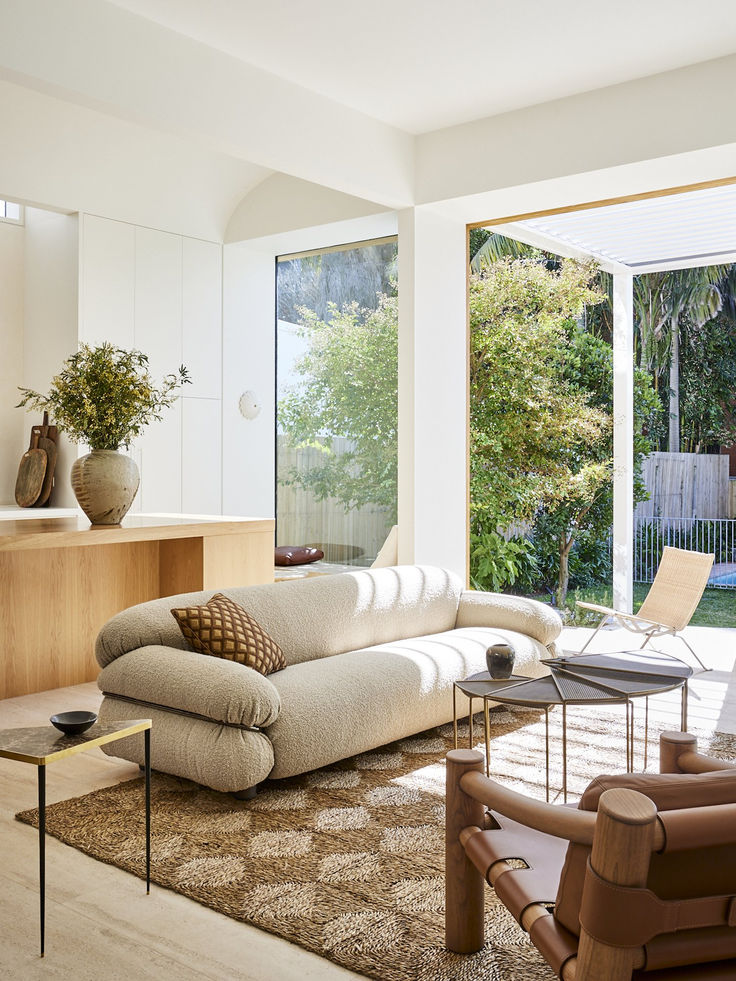
The origins: from primitive to purposeful
What started as rustic retreats in far-off tropical landscapes has matured into a sophisticated, intentional lifestyle. Barefoot living borrows from ancient and global traditions: Bali’s open-air temples, Japanese wabi-sabi, and the serenity of Nordic minimalism, all centred around nature, impermanence, and quietude.
Luxury brands like Aman and Six Senses, along with visionary communities like Mandala Eco-Resort, brought barefoot philosophy into the high-end travel and design world. These spaces prioritize harmony over flash, silence over spectacle.
Being barefoot is more than physical. It is a signal that you are shedding layers, ego, and urban overstimulation. It is about reconnecting with stillness and savouring life’s essentials.
What began as primitive is now purposeful: a curated approach to how we live, build, and relate. As climate awareness and burnout rise, barefoot living answers with a compelling promise: slow down, simplify, and step into a more grounded way of being.

The design ethos: natural, minimal, alive
Barefoot architecture champions materials, flow, and sensory richness. Its hallmark is a seamless integration between interior and exterior: homes designed to breathe.
Key design elements include:
- Open floor plans and indoor–outdoor continuity
- Natural materials like reclaimed wood, bamboo, stone, and raw clay
- Textural surfaces: tactile walls, earth-toned finishes, and warm timber underfoot
- Passive cooling systems: shaded courtyards, overhangs, and strategic airflow
- Biophilic design principles: blending living plants into structure and layout
Even furnishings reflect restraint: low furniture, built-ins, linen fabrics, and muted palettes that quiet the senses.
The result is a home that feels alive: aging gracefully, responding to weather, inviting stillness. It is not just minimal for aesthetics’ sake, but functional, sustainable, and emotionally grounding.
In barefoot architecture, beauty emerges from simplicity, and luxury is measured not by excess, but by resonance, rhythm, and rootedness in place.
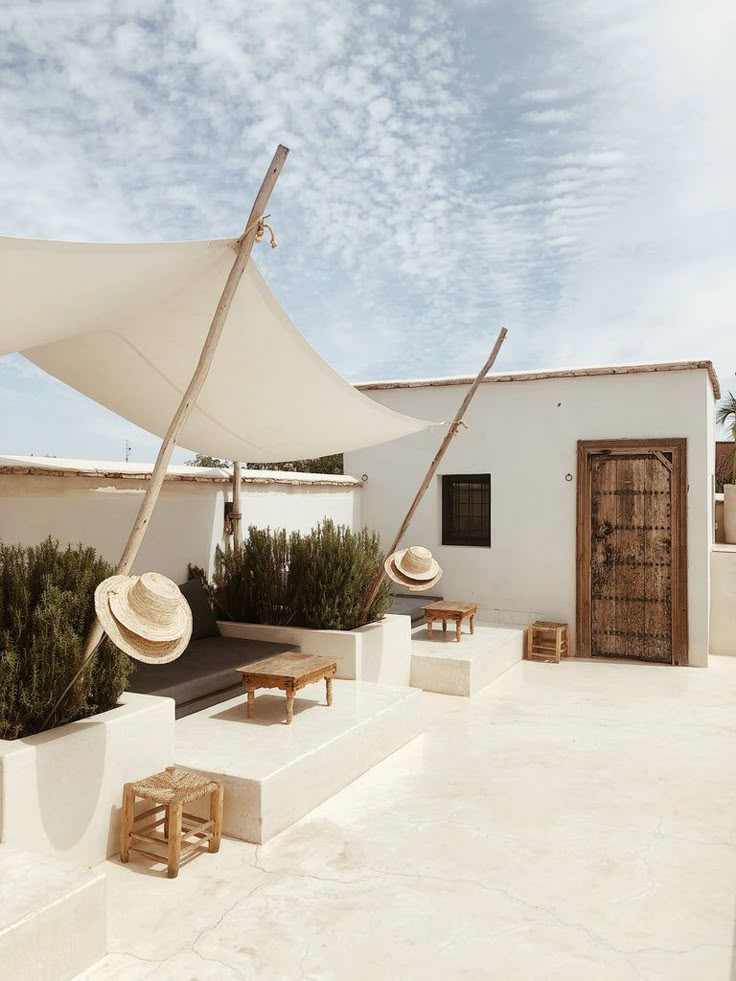
The lifestyle: more being, less owning
Barefoot living is as much a lifestyle as it is a design choice. It values being over owning, presence over productivity, and nature over novelty. Daily rituals in barefoot communities reflect slowness and embodiment, barefoot walks on sun-warmed paths, communal meals, gardening without gloves, cold dips in natural springs, naps in shaded hammocks.
It is not about rugged minimalism or self-denial but about aligning life with natural rhythms. Mornings begin with birdsong. Work, if any, flows around light and weather.
This ethos appeals to creatives, slow-life seekers, early retirees, and digital nomads searching for meaning over momentum. Technology may be present, but it is not central.
Instead of cluttered spaces and frantic schedules, there is an emphasis on ritual, sensory pleasure, and mindful simplicity.
Barefoot living does not reject comfort, it redefines it. Comfort comes from soft linen, quiet time, open windows, and connection to land and community. Where traditional luxury prizes accumulation, barefoot luxury values reduction of noise, waste, and superficiality.
Ultimately, barefoot living is a radical act of remembering: that we are part of the earth, not separate from it, and that joy often lies in what is simplest, closest, and real.
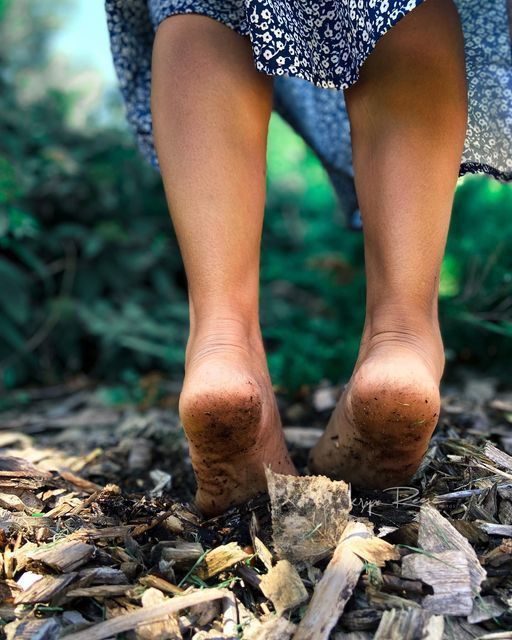
From consumerism to curation
Barefoot living reframes real estate from commodity to expression. It is no longer about glossy finishes or automated systems: it is about how a space feels, flows, and honours the land it sits on.
Ultra-wealthy buyers are moving away from overbuilt compounds and toward homes that feel human: raw, refined, and rooted in place.
This is stealth wealth in its most elemental form: architecture that whispers, not shouts. Every choice, from lime-washed walls to solar orientation, is deliberate, conscious, and deeply personal.
These homes are not bought for profit potential alone. They are acquired for their capacity to heal, slow time, and host a life of meaning.
Curation replaces consomption. Instead of filling a home with things, barefoot dwellers fill it with light, silence, and soul.
The real return is not monetary, it is existential: a richer relationship with self, nature, and space.
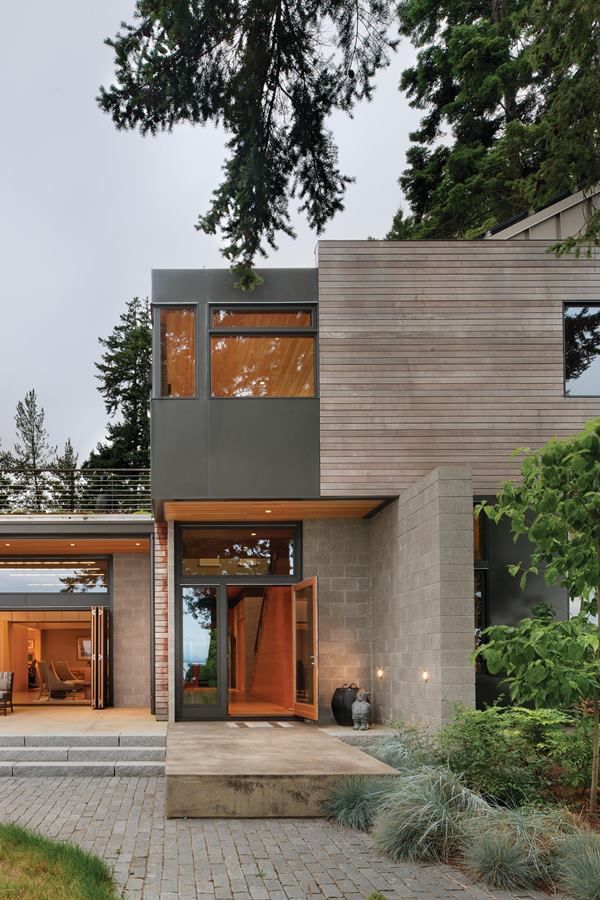
Where it is happening: barefoot living hotspots
The barefoot living movement is growing worldwide, particularly in sun-soaked, nature-rich regions where simplicity feels intuitive. Leading hotspots include:
- Lombok, Indonesia: home to Eastern Edge projects and eco-forward builds
- Tulum, Mexico: minimalist designers and retreat creators
- Nicoya Peninsula, Costa Rica: a Blue Zone famed for longevity and low-impact living
- Tangalle, Sri Lanka: merging barefoot luxury with coastal heritage
- Zanzibar, Tanzania: offering raw beauty and off-grid potential
These emerging hubs attract not just buyers, but a culture: barefoot cafés, permaculture farms, and communities where design feels human and harmony is the true luxury.
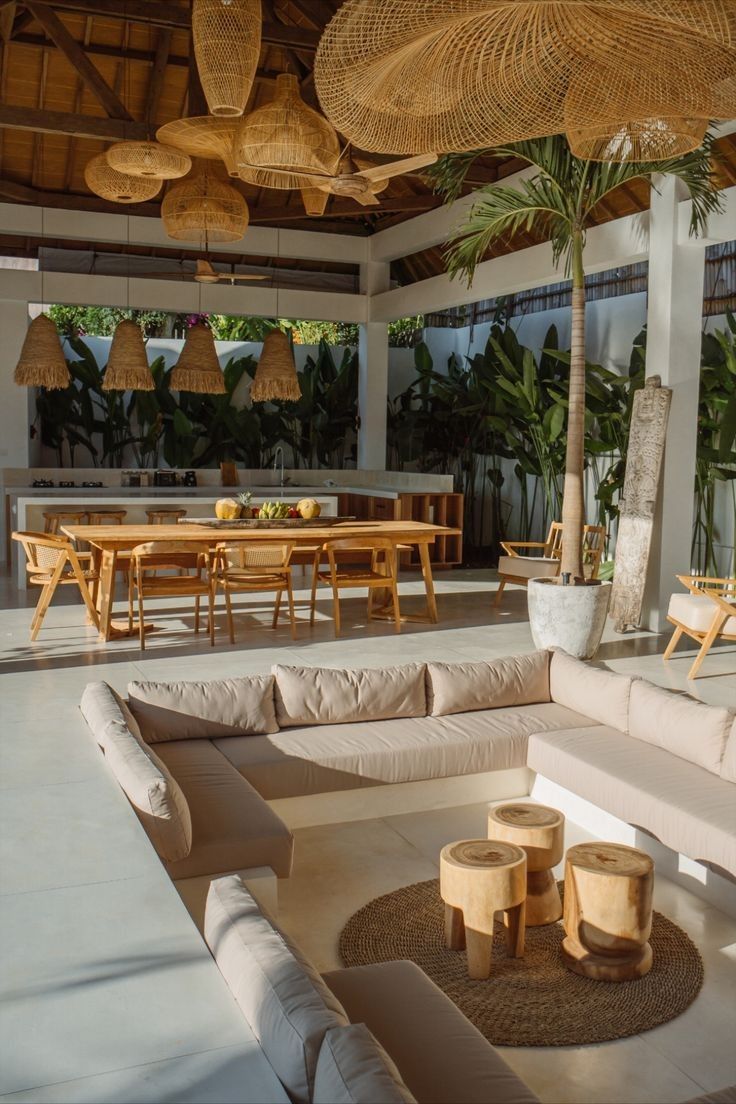
More than a trend
Barefoot living is more than aesthetic. It is an urgent, conscious response to the times. Post-pandemic, many have re-evaluated what home means. The result? A growing desire for sustainability, authenticity, and emotional grounding.
These homes offer resilience, designed to function off-grid, adapt to climate shifts, and minimize environmental impact.
Families report a sense of slowness and presence. Children raised in barefoot homes often show greater resilience, body awareness, and emotional regulation. Adults speak of deeper sleep, restored creativity, and reduced anxiety.
Far from a passing style, barefoot living offers a model for future-forward wellbeing: grounded, humble, and hopeful.
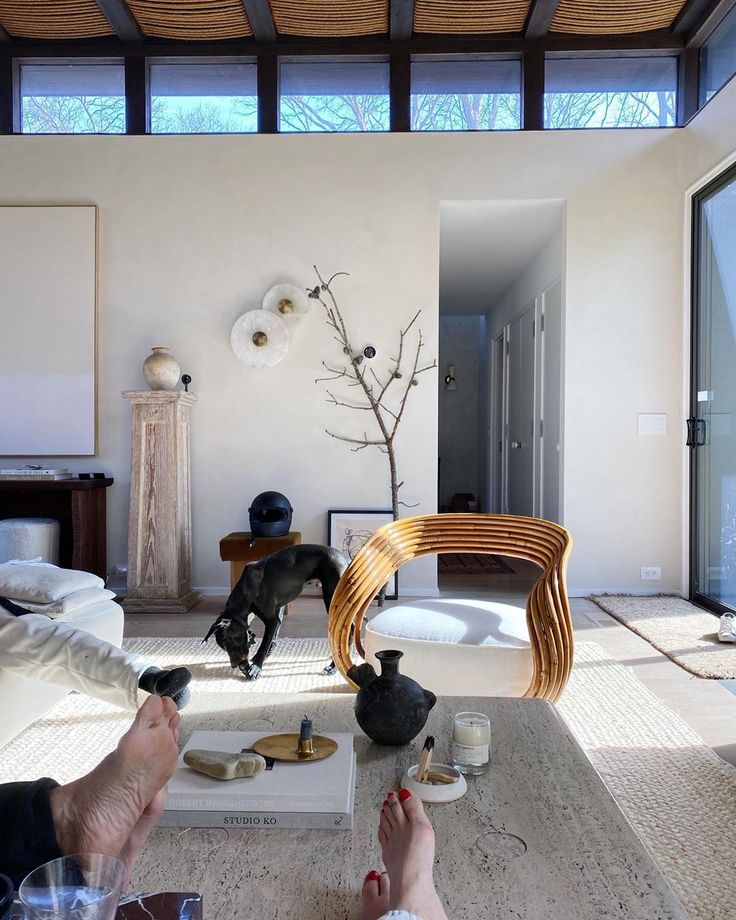
Conclusion
Barefoot living is more than a look: it is a life. In a world of noise, barefoot living invites us to listen to disconnect, to return to our senses, our surroundings, our true selves.
If you are craving softness over status, ease over excess, presence over possessions, this may be your next step.
Whether you are building a home, seeking a sanctuary, or simply longing to slow down, barefoot living offers an invitation.
Take off your shoes. Feel the earth. Breathe.
The future of luxury is not louder: it is quieter, simpler, and more alive. And it may just begin where the pavement ends.
Find our more about our projects and our services on our website !





%402x%20(dark).svg)
%402x%20(dark).svg)

%402x.svg)






